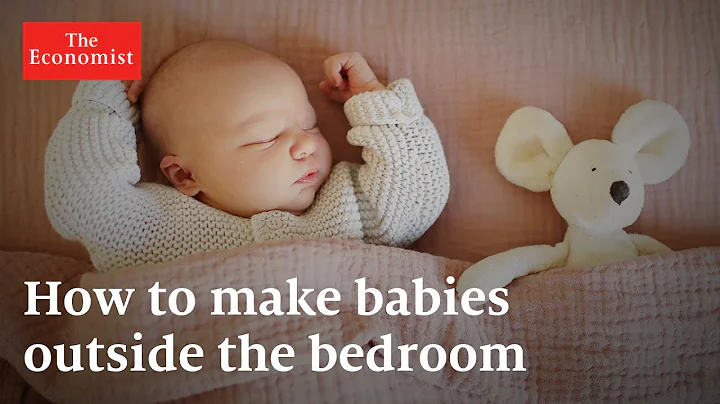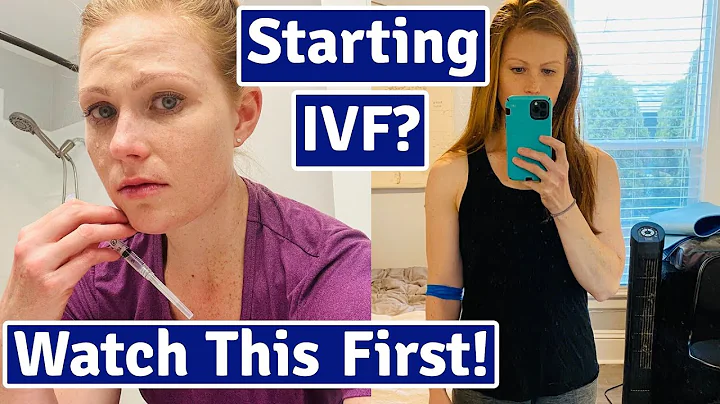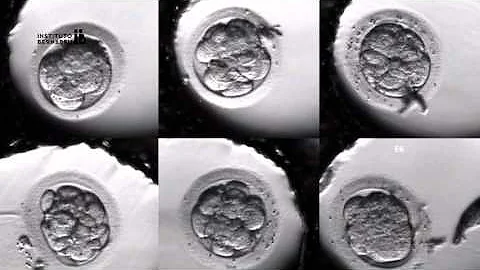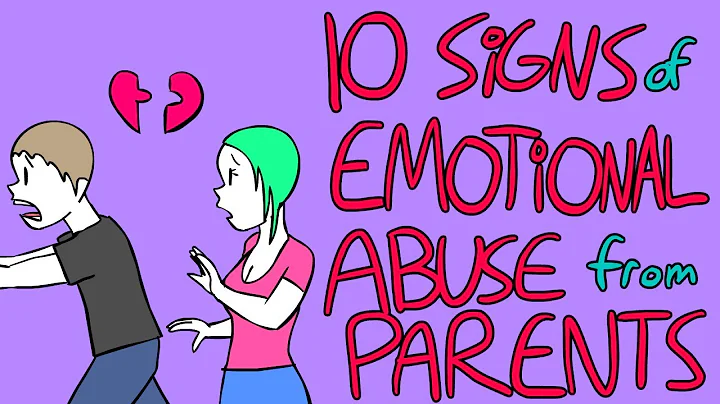IVF can not promote ovulation? I believe this issue is of great concern to everyone.
The answer is: it depends on personal circumstances.
In fact, in general, almost every IVF patient needs IVF to promote ovulation.
The main purpose of IVF ovulation induction is to increase the number of eggs retrieved.
Under normal circumstances, a woman only releases one egg during her monthly menstrual cycle. If you can seize the ovulation period of and to have intercourse, then the chance of pregnancy will increase. Therefore, women pay attention to calculating the ovulation period when preparing for pregnancy.
But for women who are doing in vitro fertilization, if they only rely on one egg released in a normal cycle, the success rate of in vitro fertilization will not be very high. Of course, if you are in good health and have no infertility problems, the chance of success in IVF is also very high.
Moreover, to put it cruelly, most of the families who come for in vitro fertilization have fertility difficulties. Advanced age, premature ovarian failure, thin endometrium and other problems. For example, advanced age leads to poor egg quality, premature ovarian failure, and a low number of eggs. If ovulation induction is not carried out, it is possible that eggs for the cycle will not be obtained, and there will be no eggs and sperm to be combined. Isn’t that all in vain?
Therefore, in order to increase the egg retrieval rate and the success rate of IVF, it is generally recommended to perform ovulation induction during IVF treatment.
And according to each person's different physical conditions, the ovulation promotion plan adopted is also different.
What are the general IVF ovulation promotion plans?
1, long-term plan: start taking down-regulating injections from to in the luteal phase, and start taking ovulation-stimulating injections about 14 days later, which is the 5th to 3rd day of menstruation. It takes approximately 25 days to retrieve the eggs.
is suitable for young pregnant mothers with normal ovarian response, as well as some women with endometriosis , and is generally relatively stable.

2, ultra-long program: divided into luteal phase ultra-long program and follicular phase ultra-long program. They all require two lowering injections, and the interval between the two injections is the length of one menstrual cycle, which is 28 days. The difference is that the first shot of the ultra-long luteal phase regimen is about five or six days after test tube mother ovulates, while the first shot of the ultra-long follicular phase regimen is in the early follicle , that is, the second or third day of menstruation. .
This program is suitable for patients with endometriosis. During the cycle, endometrial receptivity will be improved, or the follicles will be more uniform, but it will also extend the treatment time and cost.
3. Short plan: starting from the second day of menstruation, take a short-acting GNRH agonist first, and wait until the next day to take the agonist and ovulation-stimulating injection at the same time, until the ovulation-breaking injection.

Under normal circumstances, the quality of eggs obtained by the short program is not as good as that of the long program, so it is rarely used. If patients have adverse reactions to the long regimen of ovulation induction, they can try the short regimen.
4. Micro-stimulation plan: A small dose of ovulation-stimulating injection is used for women with premature ovarian failure and a small number of follicles. It reduces discomfort and the risk of ovarian overstimulation. It is highly safe and has low drug costs.
5, anti-caking agent program: This program omits the down-regulation step. Start taking ovulation-stimulating injections directly on the 3rd day after menstruation. Add the antagonist after 4-5 days. Use the ovulation-stimulating injection plus antagonist method until Egg retrieval.

Ovarian stimulation, injection of Ovarian Stimulation on the abdominal surface, inject in
6. Natural cycle: Natural cycle means obtaining eggs naturally without using any ovulation-stimulating drugs. However, the success rate of this method is relatively low, and obtaining eggs depends on luck. Generally, it is only recommended for cancer patients and those whose ovarian conditions are very poor and ovulation induction is ineffective.
and above are the ovulation promotion programs often used in IVF treatment. Formulating an appropriate ovulation stimulation plan based on the patient's physical condition will help increase the egg retrieval rate. During in vitro fertilization, it is also necessary to go to the hospital on time to strictly monitor the development of follicles, and adjust medication in a timely manner to ensure the patient's physical safety and achieve the greatest success rate.





















